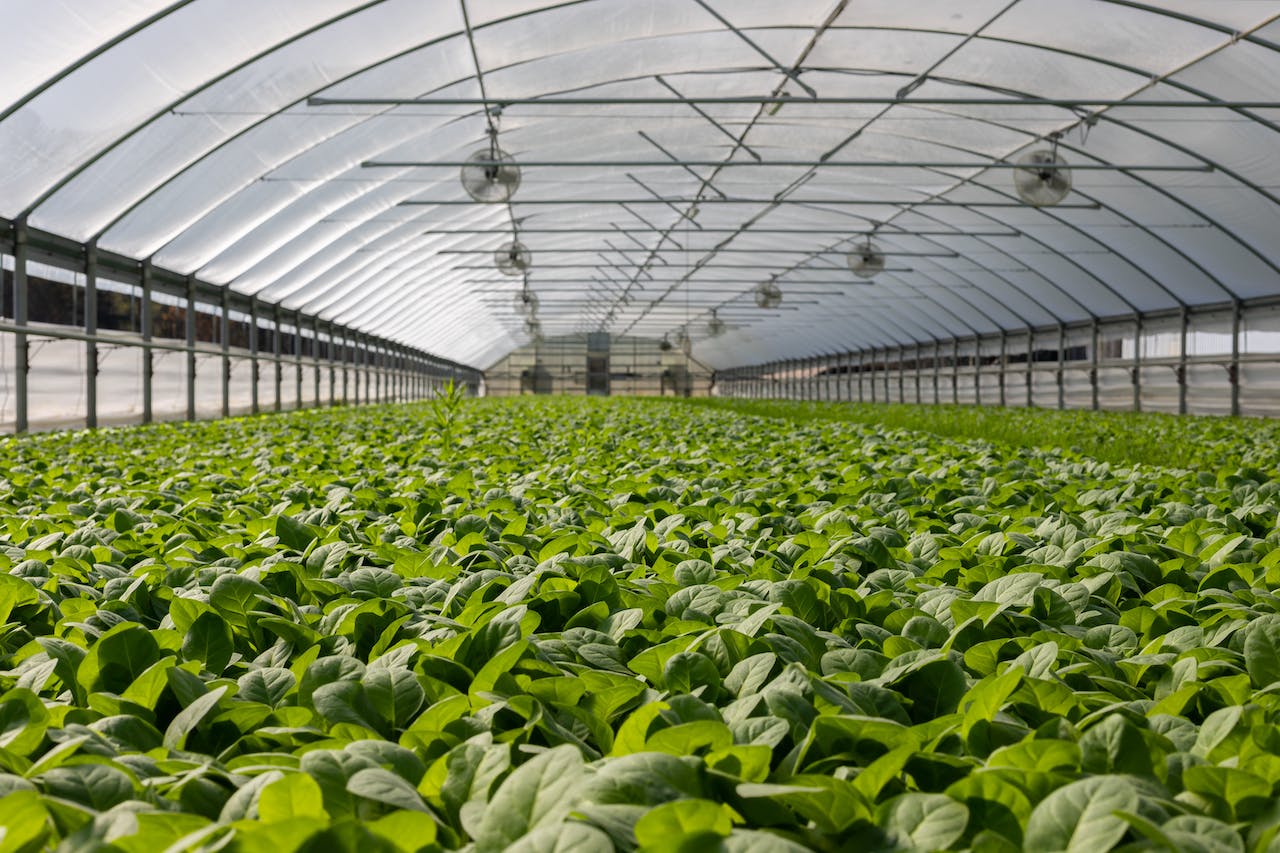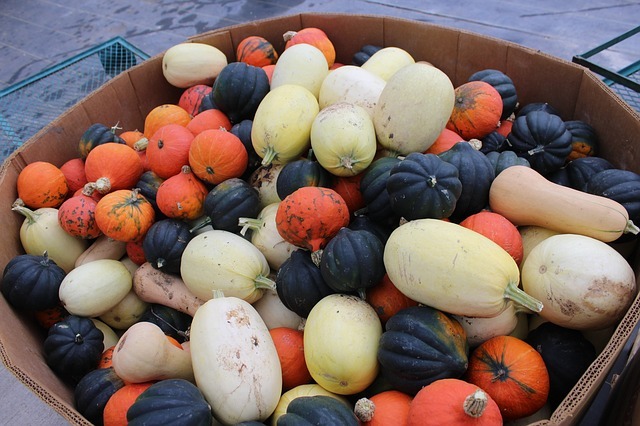First Steps Toward Self-Sufficiency on Your Homestead
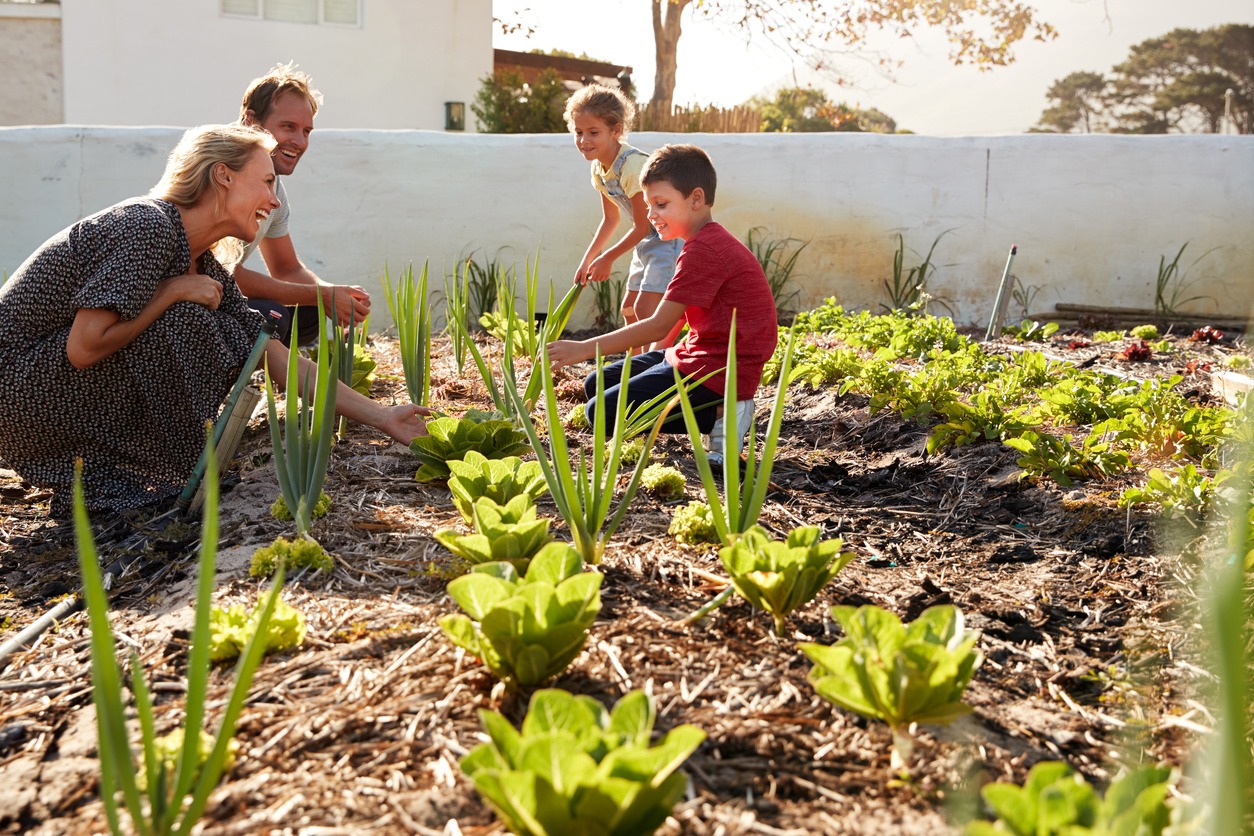
Achieving self-sufficiency is a goal that resonates with many who dream of living a more sustainable and independent lifestyle. A self-sufficient homestead can provide food security, reduce dependence on outside systems, and bring a sense of accomplishment. Whether you’re working with a small backyard or acres of land, the journey to self-sufficiency starts with a few key steps: growing your own food, raising livestock, conserving water, utilizing alternative energy, and acquiring essential homesteading skills.
Starting this journey may feel overwhelming at first, but every small step taken today can lead to a more resilient and rewarding future. Here’s a guide to help you begin building a self-sufficient homestead.
1. Start With a Garden
A garden is often the starting point for anyone looking to establish a self-sufficient lifestyle. It’s the simplest way to provide fresh, nutritious food for your household while reducing trips to the grocery store.
What to Grow for Maximum Impact
To get the most out of your garden, focus on nutrient-dense crops that can sustain you and your family. Staples like potatoes, beans, squash, and corn are excellent choices. Potatoes are particularly reliable, yielding 100–150 pounds per person annually, and they store well in cool, dark conditions. Beans, on the other hand, offer a fantastic source of protein and can be dried for long-term storage. Squash is another must-have crop, as it’s easy to grow, produces abundantly, and can last for months when stored properly.
For smaller spaces, don’t underestimate the value of container gardening. Crops like spinach, cherry tomatoes, and peppers thrive in pots and can supplement your main garden with minimal effort. If space isn’t an issue, consider dedicating an area to fruit trees or berry bushes for perennial harvests.
Use Companion Planting to Improve Efficiency
Companion planting is a gardening technique in which crops are paired together to benefit each other. The Three Sisters method—growing corn, beans, and squash together—is a perfect example. Corn provides support for beans to climb, beans enrich the soil with nitrogen, and squash shades the ground to retain moisture and suppress weeds. Other beneficial combinations include planting marigolds with vegetables to repel pests or growing basil alongside tomatoes to enhance their flavor.
Preserve What You Grow
Gardening isn’t just about what you can eat fresh; it’s also about preserving food for later. Learn how to can tomatoes, pickle cucumbers, or freeze blanched vegetables to extend their shelf life. Drying herbs or creating fruit leathers from apples are additional ways to make the most of your harvest. A well-stocked pantry of preserved foods ensures your family will have access to nutritious meals even when the growing season ends.
Plan for Success
A good garden begins with a plan. Decide on the size and layout of your garden before planting. Rotate crops each year to keep the soil healthy and reduce pest problems. Mulch between rows to conserve water and suppress weeds. If you have limited space, vertical gardening can help you grow crops like cucumbers, peas, and beans on trellises. These simple strategies can maximize your garden’s productivity while minimizing unnecessary labor.
2. Raise Backyard Chickens
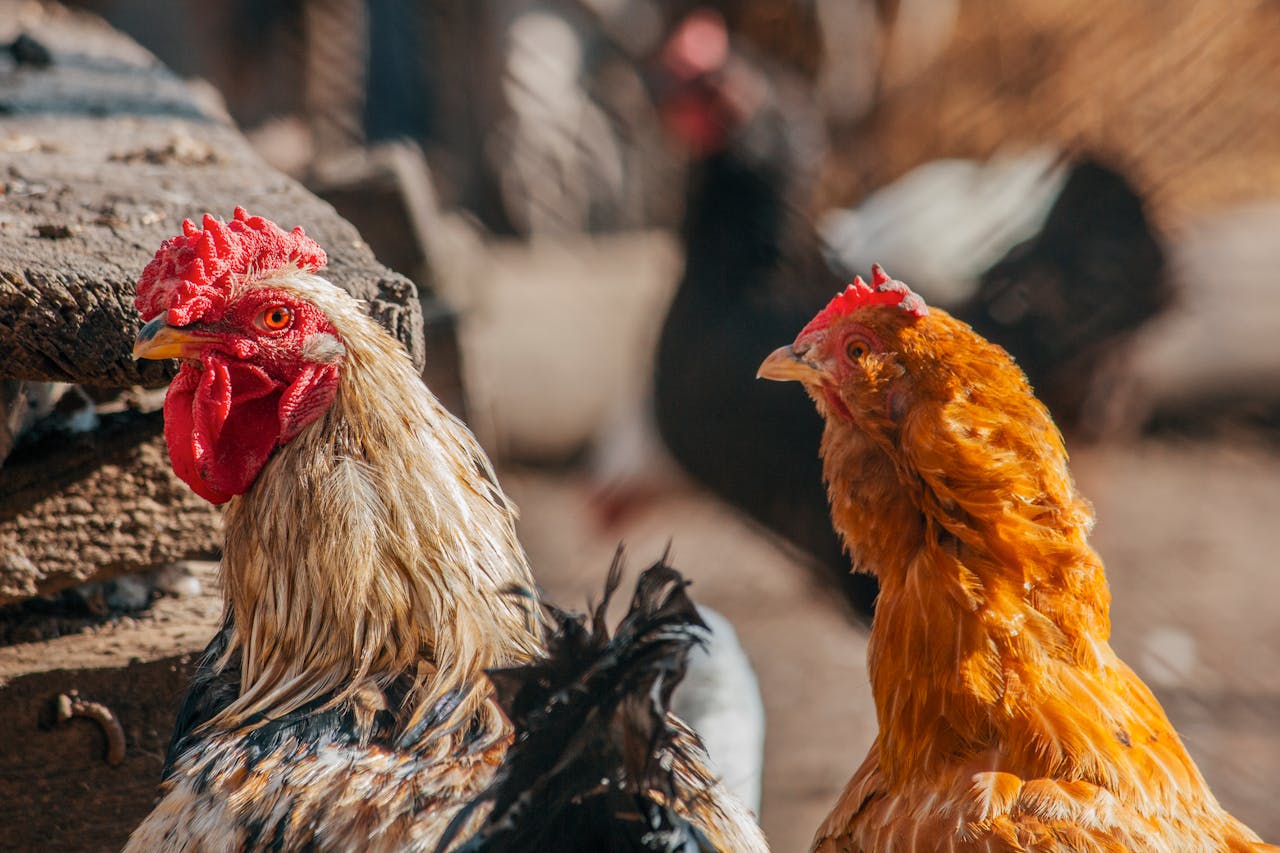
After establishing a garden, raising backyard chickens is the next logical step. Chickens are versatile animals that contribute to a homestead by providing fresh eggs, meat, and fertilizer.
Why Chickens Are a Smart Choice
One of the biggest benefits of keeping chickens is their ability to produce a steady supply of eggs. A small flock of six hens can lay around 1,200 eggs a year, which goes a long way in feeding a family. Chickens raised for meat, like Cornish Cross broilers, grow quickly and can provide a reliable source of protein in as little as 8–12 weeks. Beyond food, chickens also reduce waste by eating kitchen scraps and producing manure that can be composted into rich fertilizer for your garden.
Setting Up for Success
Chickens need a safe and comfortable environment to thrive. Build a coop that provides at least 2–4 square feet of indoor space per bird, along with an outdoor run. Ensure the coop is predator-proof, well-ventilated, and equipped with nesting boxes for egg-laying. Regularly clean the coop to maintain hygiene and prevent diseases. Feeding chickens is straightforward—most of their diet will come from a mix of grains and kitchen scraps, but they’ll also happily forage for bugs if allowed to free-range.
Integrating Chickens With Other Systems
Chickens work beautifully in harmony with other parts of the homestead. Their manure, when composted, creates nutrient-rich fertilizer. If space permits, consider a system that combines chickens and rabbits. The waste from rabbits is an excellent addition to compost, and their needs are similar enough that they can often share space without conflict.
Legal Considerations
Before bringing home chickens, check your local regulations. Some areas have restrictions on the number of birds you can keep or prohibit roosters. Knowing these rules in advance will save trouble down the road and ensure your flock fits well into your neighborhood.
3. Implement Water Conservation Strategies
Water is one of the most essential resources for any homestead. Efficient water use ensures sustainability and reduces dependency on municipal supplies. Here are some ways to conserve water:
Harvest Rainwater
Rainwater harvesting is one of the simplest ways to conserve water. A basic rain barrel system attached to your roof gutters can collect hundreds of gallons during a single storm. For larger-scale systems, consider installing underground cisterns or above-ground tanks with filtration systems. This stored water can be used for irrigation, cleaning, or even drinking if properly filtered.
Recycle Greywater
Greywater recycling involves reusing water from sinks, showers, and washing machines for purposes like watering non-edible plants. With the right plumbing adjustments, it’s possible to divert greywater to irrigate trees, shrubs, or landscaping, reducing overall water waste.
Smart Irrigation for the Garden
Traditional sprinklers can waste significant amounts of water through evaporation. A drip irrigation system delivers water directly to plant roots, using less water while keeping plants healthier. Mulching your garden beds further reduces evaporation and keeps the soil moist longer.
Adopt Water-Saving Habits
In addition to outdoor conservation efforts, simple changes indoors can make a difference. Install low-flow showerheads and toilets, fix leaks promptly, and consider washing full loads of laundry to minimize water waste.
4. Transition to Alternative Energy
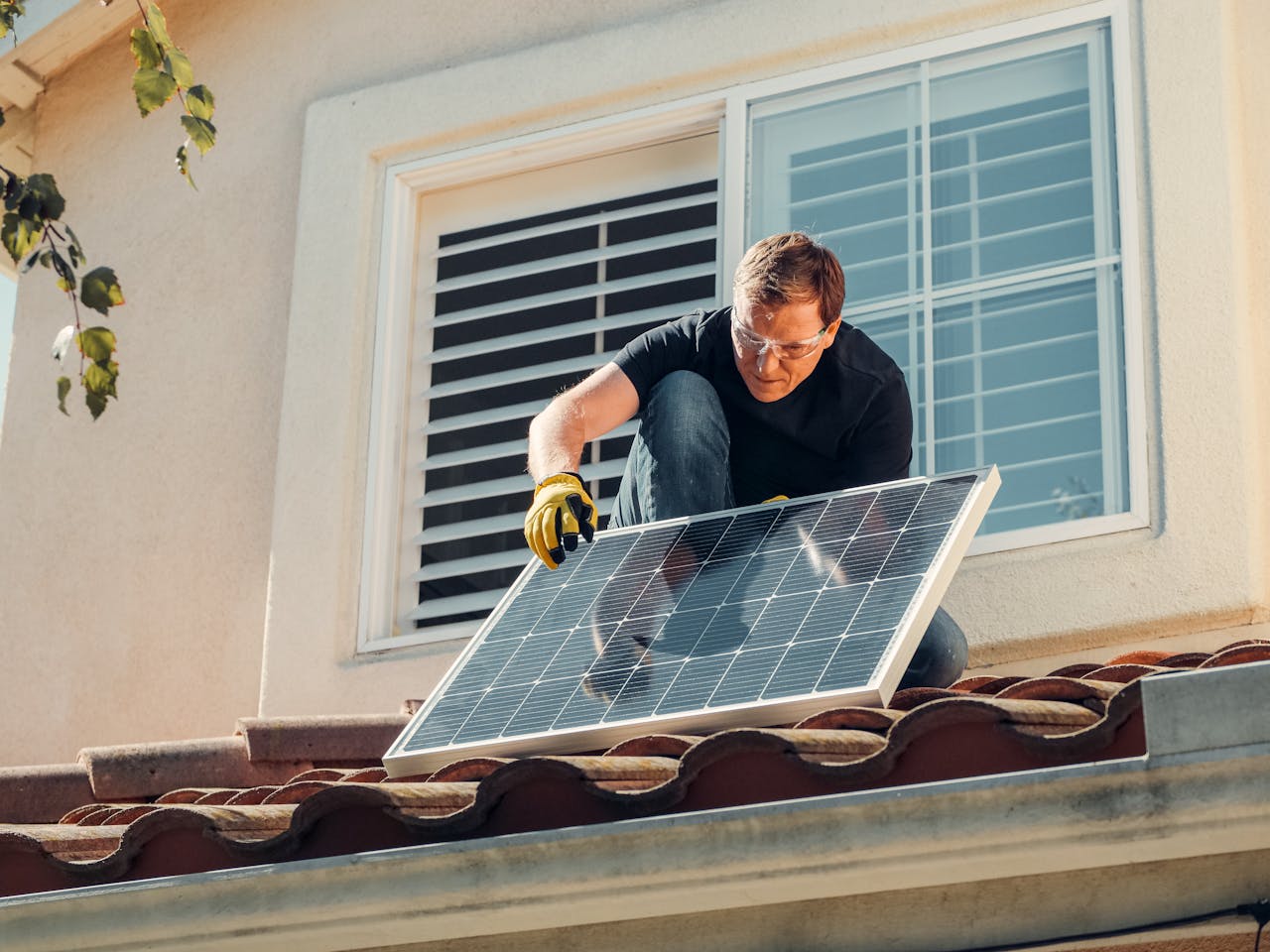
Energy independence is a vital part of self-sufficiency. Generating your own power reduces reliance on the grid and can significantly lower monthly expenses. Here are some tips to transition into alternative energy:
Start With Solar Power
Solar panels are a popular choice for homesteaders. They can be installed on rooftops or open spaces and paired with battery storage systems to provide power even during outages. While the initial investment may be high, solar systems pay for themselves over time through energy savings.
Consider Wind Energy
Wind turbines are another renewable option, especially in areas with steady wind. Small-scale turbines can complement solar panels, providing power during cloudy or low-sunlight days. Together, these systems create a more reliable year-round energy supply.
Explore Biogas Systems
Biogas systems convert organic waste into renewable energy. These systems are especially useful on homesteads with livestock, as manure can be used to produce methane gas for cooking or heating. The leftover slurry can be applied as fertilizer, adding even more value.
Start Small and Expand
If installing a full-scale renewable energy system isn’t feasible right away, start with smaller solutions like portable solar panels or a solar water heater. Over time, these systems can be expanded as resources and experience grow.
5. Learn Essential Homesteading Skills
Building a successful homestead isn’t just about infrastructure—it’s also about developing the skills needed to manage and sustain it. These are the skills you need to learn:
Gardening and Food Preservation
Mastering gardening is an ongoing process, but it’s one of the most rewarding skills to learn. Complement it with food preservation techniques like canning, dehydrating, and fermenting. These skills ensure that nothing goes to waste and allow you to enjoy your harvest throughout the year.
Animal Care
Taking care of livestock involves understanding their nutritional needs, health, and breeding cycles. Start with small, low-maintenance animals like chickens or rabbits before considering larger livestock like goats, which can provide milk and meat.
Carpentry and Repairs
Knowing how to build and repair things is invaluable on a homestead. Whether it’s constructing a chicken coop, fixing a fence, or building raised garden beds, basic carpentry skills save money and time while keeping everything running smoothly.
Tap Into Local Resources
Many communities offer workshops, mentorship programs, or online forums where homesteaders share tips and support. Joining these networks can provide valuable guidance and encouragement as you build your homestead.
Conclusion
Self-sufficiency is more than a goal; it’s a lifestyle that fosters resilience, sustainability, and independence. Starting with a garden, adding backyard chickens, conserving water, adopting renewable energy, and learning essential skills are all practical steps to take on this journey. Each step, no matter how small, brings you closer to a life of sustainability and abundance. Take that first step today—plant a seed, start a rain barrel, or build a chicken coop. The rewards of living in harmony with the land are immeasurable, and the journey is worth every effort.


